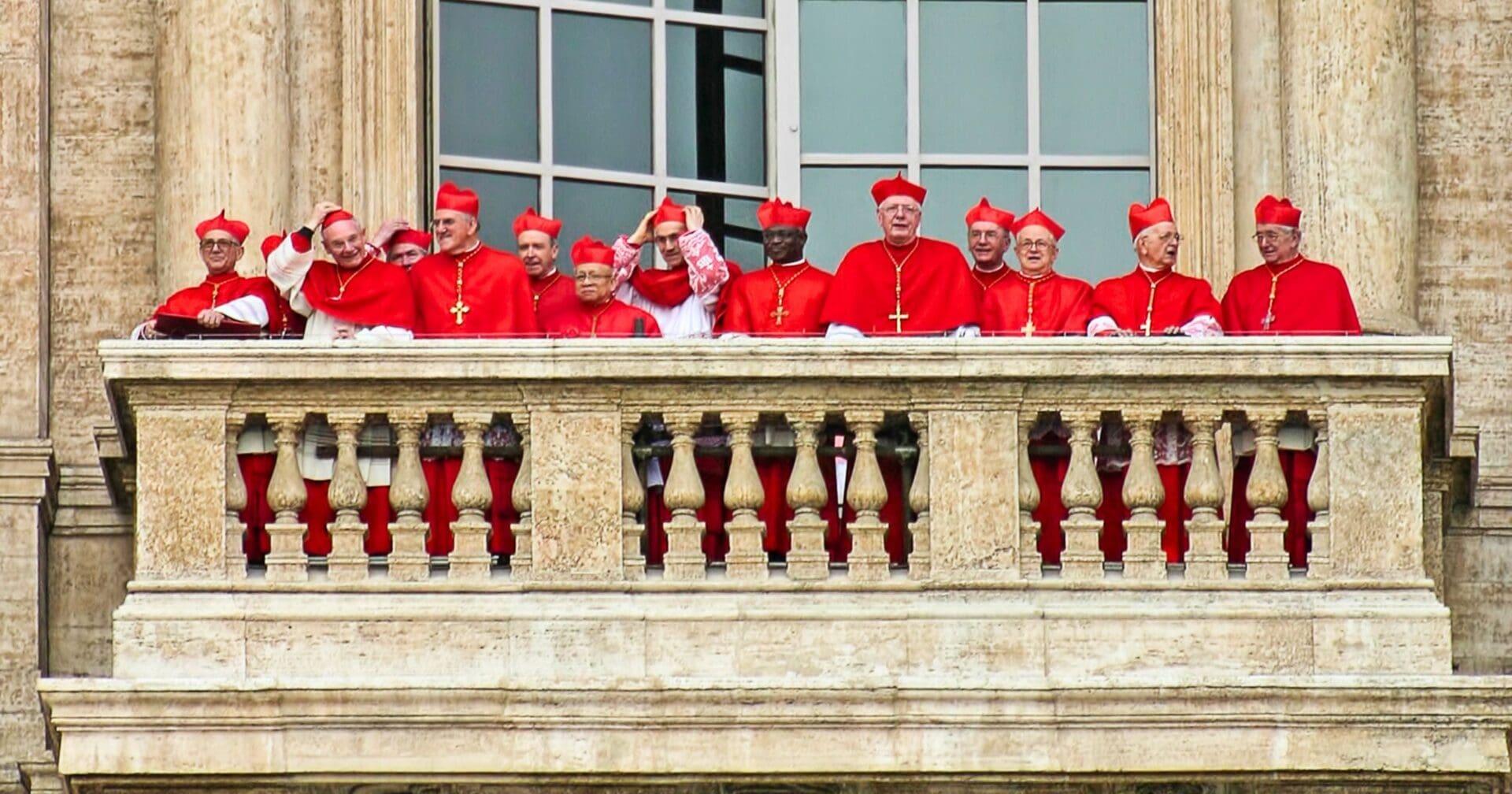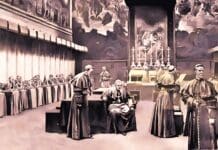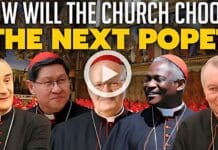The papal conclave is a critical event in the Church, determining the successor to the papacy after the death or resignation of the pope.
While most conclaves last for only a few days, there is one that stands out in history as the longest of its kind: the papal conclave of 1271.
This extraordinary conclave began in November 1268, following the death of Pope Clement IV. With a vacancy in the papal seat, cardinals gathered in the small town of Viterbo, Italy, to elect a new leader for the Church. However, this process proved far more challenging than anticipated.
The conclave of 1271 was characterized by deep divisions among the cardinals, primarily due to the growing tensions between two powerful Italian families: the Guelphs, who supported the Pope, and the Ghibellines, who favored the Holy Roman Emperor. These factions struggled to agree on a suitable candidate, causing the conclave to drag on for an astonishing two years and nine months.
The situation in Viterbo became increasingly dire. Locals, frustrated by the lack of progress, locked the cardinals in the Episcopal Palace and even removed the roof to expose them to the elements, hoping to expedite the decision-making process. The stalemate continued despite these drastic measures, and it wasn’t until September 1, 1271, that a compromise was finally reached.
The cardinals elected Teobaldo Visconti, an Italian archdeacon, as Pope Gregory X. Visconti was not present at the conclave, as he was on a diplomatic mission in the Holy Land, adding further intrigue to this already exceptional event.
His election ended the longest papal conclave in history, and his subsequent papacy led to significant reforms in the Church, including the establishment of regulations to prevent such prolonged conclaves in the future.
Editorial credit: Rostislav Glinsky / Shutterstock.com



















